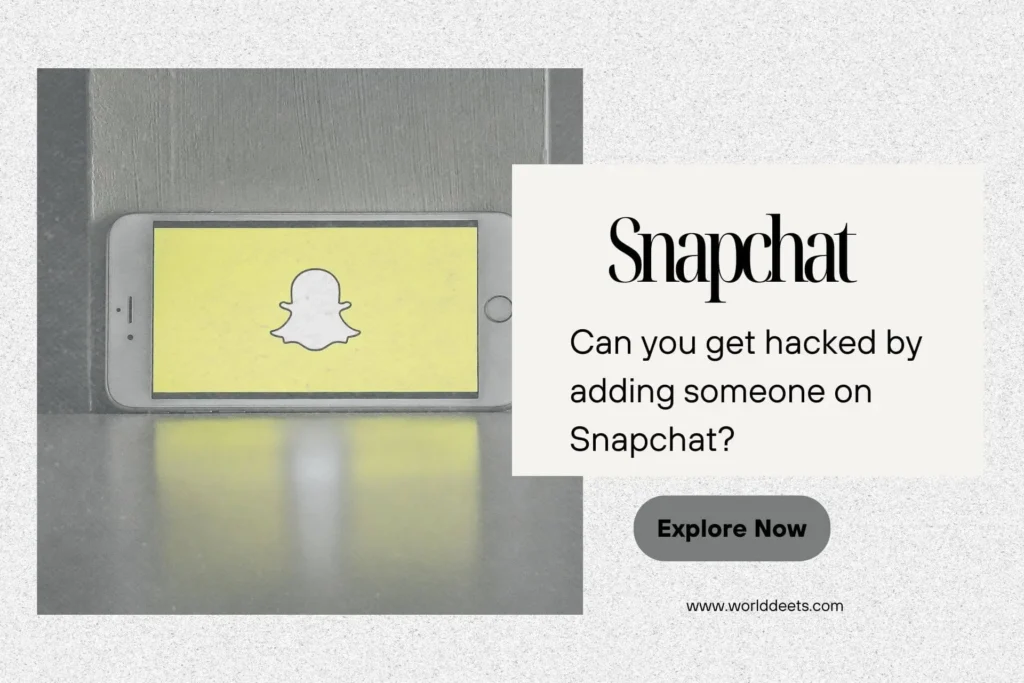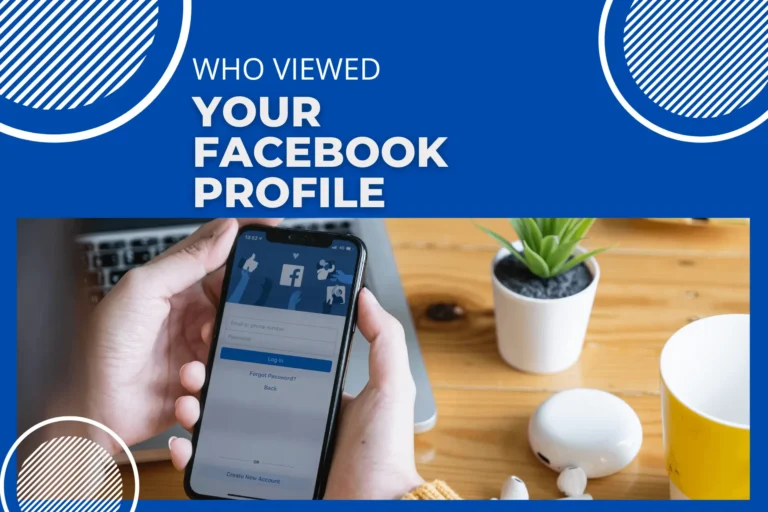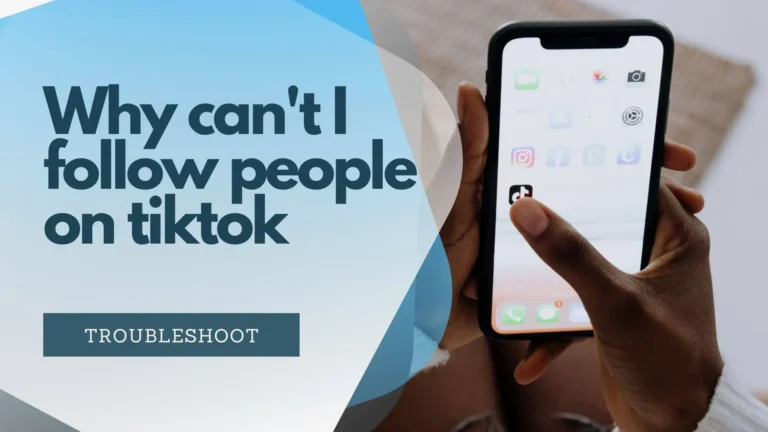Can you get hacked by adding someone on Snapchat?

In a digital age where connectivity is at our fingertips, social media platforms have become an integral part of our lives. One such platform that has taken the world by storm is Snapchat. With its unique features and disappearing messages, it has gained immense popularity among users of all ages. However, as with any online platform, concerns about security and privacy are bound to arise. In this blog, we delve into the question that many have asked: Can you get hacked by adding someone on Snapchat? Join us as we explore this intriguing topic and shed light on the potential risks one might face in the vast virtual world of social media.
Security measures of Snapchat
Snapchat is a popular social media platform that allows users to send photos, videos, and messages that disappear after they are viewed. The app has gained immense popularity due to its unique features and user-friendly interface. Users can add filters, stickers, and text to their snaps before sending them to friends or posting them on their story. Snapchat also offers various security measures, such as end-to-end encryption and self-destructing messages, ensuring the privacy and confidentiality of user conversations. With its engaging features and strong security measures, Snapchat has become a go-to platform for sharing moments and staying connected with friends and family.
Can you get hacked by adding someone on Snapchat
Adding someone on Snapchat alone does not typically make you vulnerable to being hacked. However, it is important to exercise caution and be mindful of the information you share with others on the platform. Like any other social media platform, there is always a risk of encountering malicious individuals who may attempt to exploit your personal data or engage in hacking activities. It is crucial to be vigilant and mindful of your privacy settings, avoid sharing sensitive information, and only add people you trust on Snapchat.
Types of Hacking on Snapchat
Hacking on Snapchat can take various forms, each with its own intentions and impacts. One type of hacking is known as phishing, where hackers try to trick users into revealing their login credentials by posing as a legitimate entity. Another method is brute force attacks, where hackers attempt to gain unauthorized access by systematically guessing passwords. Moreover, there are also exploits and vulnerabilities that hackers exploit to manipulate Snapchat’s security systems. Additionally, some hackers engage in social engineering, manipulating individuals into divulging personal information or granting access to their accounts. It is crucial for Snapchat users to be aware of these different types of hacking in order to protect their privacy and security on the platform.
A. Account Takeover
Account takeover refers to the act of gaining unauthorized access to someone else’s Snapchat account. Hackers employ various techniques to accomplish this. One common method is phishing, where they create fake login pages or send deceptive emails to trick users into revealing their login credentials. Another approach is password guessing, where hackers use automated software to try multiple combinations until they find the correct one. Additionally, brute force attacks and social engineering tactics are also employed. These methods pose a significant threat to Snapchat users and highlight the importance of strong security measures to safeguard personal accounts.
B. Privacy Breach
Adding someone on Snapchat can potentially expose users to privacy risks. When individuals add others on this platform, they may unwittingly grant access to their personal information. Hackers can exploit privacy settings and utilize various techniques to gain unauthorized access to sensitive data. This breach of privacy can have severe consequences, as personal information can be used for malicious purposes or even be sold on the dark web. It is crucial for Snapchat users to be aware of these potential risks and take necessary precautions to protect their privacy.
C. Malware Attacks
Malware attacks on Snapchat have become a growing concern for users of the popular social media platform. These malicious software programs are designed to infiltrate users’ devices, compromising their privacy and security. With the widespread use of Snapchat for sharing personal photos and messages, the potential consequences of a malware attack are significant. Users need to stay vigilant and take necessary precautions such as keeping their apps and devices up to date, avoiding suspicious links or downloads, and being cautious while sharing sensitive information. By staying informed and practicing safe online habits, users can help protect themselves from falling victim to malware attacks on Snapchat.
Related: Also explore Why can’t I follow people on tiktok
Preventing Hacking on Snapchat
To ensure the security of your Snapchat account and prevent unauthorized access, there are a few key steps you can take. Firstly, it is crucial to set a strong and unique password for your account.
A. Strong Passwords and Two-Factor Authentication
Avoid using easily guessable passwords and consider using a combination of letters, numbers, and symbols. Additionally, enable two-factor authentication (2FA) for an extra layer of security. This will require you to enter a verification code, usually sent to your mobile device, in addition to your password when logging in
B. Being Selective with Friends
Being selective with friends is crucial, especially when it comes to social media platforms like Snapchat. It is essential to advise users to exercise caution when adding people they don’t know personally. By being discerning, users can protect themselves from potential risks and maintain their privacy. Encouraging users to only add trusted friends on Snapchat ensures a safer and more enjoyable experience, as it limits the exposure of personal information to a select group of individuals.
C. Regularly Update Snapchat
Regularly updating your Snapchat app and operating system is also essential, as these updates often contain security patches that protect against hacking attempts.
D. Avoid Suspicious Links and Third-Party Apps
Be cautious of suspicious links, messages, or requests from unknown sources, as these could be phishing attempts.
Responding to a Potential Hack
If you suspect that your Snapchat account has been hacked, it is important to take immediate action to protect your privacy and security. Here are some steps to follow:
1. Change your password: Reset your password as soon as possible to prevent unauthorized access to your account. Choose a strong, unique password that includes a combination of letters, numbers, and symbols.
2. Report the incident: Contact Snapchat’s support team to report the hack. Provide them with any relevant details and information about the incident to assist in their investigation.
3. Enable additional security measures: Take advantage of Snapchat’s security features such as two-factor authentication or login verification. These measures add an extra layer of protection to your account and help prevent unauthorized access in the future. Stay vigilant and regularly monitor your account for any suspicious activity.
By following these preventive measures, you can significantly reduce the risk of hacking on Snapchat.
Conclusion
While it is unlikely that adding someone on Snapchat alone will directly lead to being hacked, there are potential risks associated with connecting with unknown individuals. It is important to exercise caution and follow best practices to protect personal information and ensure online safety. Taking steps such as adjusting privacy settings, being mindful of the content shared, and regularly updating passwords can significantly reduce the chances of falling victim to hacking or other online threats. Ultimately, maintaining a healthy skepticism and staying informed about digital security measures are crucial in safeguarding oneself in the digital world.






